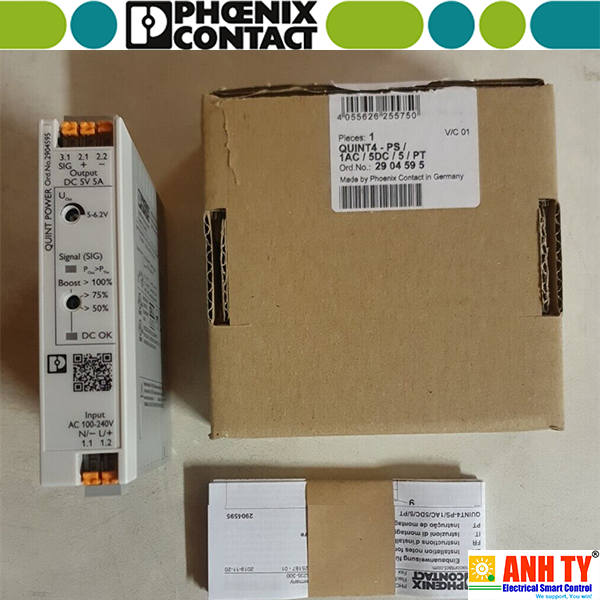
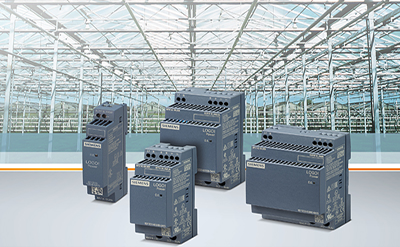
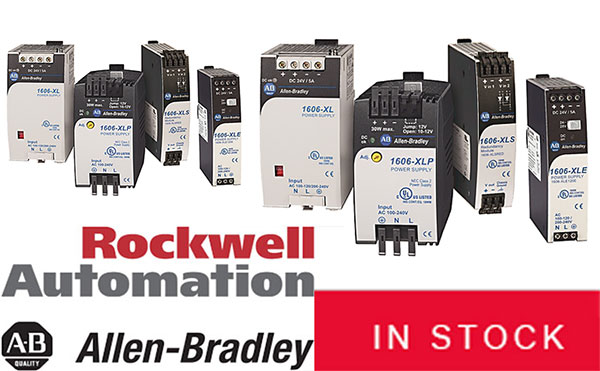
In the power range of up to 100 W, QUINT POWER provides superior system availability in the smallest size. Preventative function monitoring and exceptional power reserves are available for applications in the low-power range.
| AC operation | |
| Input voltage range | 100 V AC ... 240 V AC -15 % ... +10 % |
| Electric strength, max. | 300 V AC (60 s) |
| Typical national grid voltage | 120 V AC |
| 230 V AC | |
| Voltage type of supply voltage | AC/DC |
| Inrush current | typ. 9.1 A (at 25 °C) |
| Inrush current integral (I2t) | < 0.1 A2s |
| Inrush current limitation | < 9.1 A |
| Frequency range (fN) | 50 Hz ... 60 Hz -10 % ... +10 % |
| Mains buffering time | typ. 52 ms (120 V AC) |
| typ. 52 ms (230 V AC) | |
| Current consumption | 0.37 A (100 V AC) |
| 0.3 A (120 V AC) | |
| 0.17 A (230 V AC) | |
| 0.16 A (240 V AC) | |
| Nominal power consumption | 32.8 VA |
| Protective circuit | Transient surge protection; Varistor |
| Typical response time | 350 ms |
| Input fuse | 3.15 A (slow-blow, internal) |
| Recommended breaker for input protection | 6 A ... 16 A (Characteristic B, C or comparable) |
| Discharge current to PE | < 0.25 mA (264 V AC, 60 Hz) |
| typ. 0.08 mA | |
| DC operation | |
| Input voltage range | 110 V DC ... 250 V DC -20 % ... +40 % |
| Voltage type of supply voltage | AC/DC |
| Current consumption | 0.32 A (110 V DC) |
| 0.14 A (250 V DC) | |
| Efficiency | typ. 87.4 % (120 V AC) |
| typ. 88.4 % (230 V AC) | |
| Nominal output voltage | 5 V DC |
| Setting range of the output voltage (USet) | 5 V DC ... 6.2 V DC (constant capacity) |
| Nominal output current (IN) | 5 A |
| Static Boost (IStat.Boost) | 6.25 A (≤ 40 °C) |
| Dynamic Boost (IDyn.Boost) | 8 A (≤ 60 °C (5 s)) |
| Feedback voltage resistance | ≤ 16 V DC (16 V e-caps in output circuit) |
| Protection against overvoltage at the output (OVP) | < 8 V DC |
| Control deviation | < 0.3 % (change in load, static 10 % ... 90 %) |
| < 3 % (Dynamic load change 10% ... 90%, 10 Hz < 4%) | |
| < 0.1 % (change in input voltage ±10 %) | |
| Residual ripple | < 50 mVPP (with nominal values) |
| Short-circuit-proof | yes |
| No-load proof | yes |
| Output power | 25 W |
| 31 W | |
| 40 W | |
| Maximum no-load power dissipation | < 0.37 W (120 V AC) |
| < 0.41 W (230 V AC) | |
| Power loss nominal load max. | < 3.7 W (120 V AC) |
| < 3.3 W (230 V AC) | |
| Crest factor | typ. 1.88 (120 V AC) |
| typ. 2.09 (230 V AC) | |
| Rise time | 50 ms (UOut = 10 % ... 90 %) |
| Connection in parallel | yes, for redundancy and increased capacity |
| Connection in series | yes |
| Signal (configurable) | |
| Digital | 0 V DC 10 V DC 24 mA |
| Default | 10 V DC 24 mA 10 V DC for UOut > 0.9 x USet |
| Input | |
| Connection method | Push-in connection |
| Conductor cross section, rigid min. | 0.2 mm² |
| Conductor cross section, rigid max. | 2.5 mm² |
| Conductor cross section flexible min. | 0.2 mm² |
| Conductor cross section flexible max. | 2.5 mm² |
| Single conductor/terminal point, stranded, with ferrule, min. | 0.25 mm² |
| Single conductor/terminal point, stranded, with ferrule, max. | 2.5 mm² |
| Conductor cross section AWG min. | 24 |
| Conductor cross section AWG max. | 14 |
| Stripping length | 10 mm |
| Output | |
| Connection method | Push-in connection |
| Conductor cross section, rigid min. | 0.2 mm² |
| Conductor cross section, rigid max. | 2.5 mm² |
| Conductor cross section flexible min. | 0.2 mm² |
| Conductor cross section flexible max. | 2.5 mm² |
| Single conductor/terminal point, stranded, with ferrule, min. | 0.25 mm² |
| Single conductor/terminal point, stranded, with ferrule, max. | 2.5 mm² |
| Conductor cross section AWG min. | 24 |
| Conductor cross section AWG max. | 14 |
| Stripping length | 10 mm |
| Signal | |
| Connection method | Push-in connection |
| Conductor cross section, rigid min. | 0.2 mm² |
| Conductor cross section, rigid max. | 2.5 mm² |
| Conductor cross section flexible min. | 0.2 mm² |
| Conductor cross section flexible max. | 2.5 mm² |
| Single conductor/terminal point, stranded, with ferrule, min. | 0.25 mm² |
| Single conductor/terminal point, stranded, with ferrule, max. | 2.5 mm² |
| Conductor cross section AWG min. | 24 |
| Conductor cross section AWG max. | 14 |
| Stripping length | 10 mm |
| Types of signaling | LED |
| Signal output | |
| POut | > PThr (LED lights up yellow, output power > PThr, depending on the rotary selector switch setting) |
| UOut | > 0.9 x USet (LED lights up green) |
| < 0.9 x USet (LED flashes green) | |
| Number of phases | 1.00 |
| Insulation voltage input/output | 4 kV AC (type test) |
| 3 kV AC (routine test) | |
| Switching frequency | 75.00 kHz ... 220.00 kHz (Auxiliary converter stage) |
| 4.00 kHz ... 70.00 kHz (Main converter stage) | |
| 30.00 kHz ... 135.00 kHz (PFC stage) |
| Product type | Power supply |
| Product family | QUINT POWER |
| MTBF (IEC 61709, SN 29500) | > 1890000 h (25 °C) |
| > 1080700 h (40 °C) | |
| > 473300 h (60 °C) | |
| Insulation characteristics | |
| Protection class | II |
| Degree of pollution | 2 |
| Life expectancy (electrolytic capacitors) | |
| Current | 2.5 A |
| Temperature | 40 °C |
| Time | 91800 h |
| Additional text | 120 V AC |
| Life expectancy (electrolytic capacitors) | |
| Current | 2.5 A |
| Temperature | 40 °C |
| Time | 98400 h |
| Additional text | 230 V AC |
| Life expectancy (electrolytic capacitors) | |
| Current | 2.5 A |
| Temperature | 25 °C |
| Time | 183400 h |
| Additional text | 120 V AC |
| Life expectancy (electrolytic capacitors) | |
| Current | 2.5 A |
| Temperature | 25 °C |
| Time | 186600 h |
| Additional text | 230 V AC |
| Width | 22.5 mm |
| Height | 106 mm |
| Depth | 90 mm |
| Installation dimensions | |
| Installation distance right/left (active) | 15 mm / 15 mm (POut ≥50% ) |
| Installation distance right/left (passive) | 5 mm / 5 mm (POut ≥50% ) |
| Installation distance right/left (active, passive) | 0 mm / 0 mm (POut ≤50 %) |
| Installation distance top/bottom (active) | 30 mm / 30 mm (POut ≥50% ) |
| Installation distance top/bottom (passive) | 30 mm / 30 mm (POut ≥50% ) |
| Installation distance top/bottom (active, passive) | 30 mm / 30 mm (POut ≤50 %) |
| Mounting type | DIN rail mounting |
| With protective coating | No |
| Flammability rating according to UL 94 (housing / terminal blocks) | V0 |
| Housing material | Plastic |
| Type of housing | Polycarbonate |
| Hood version | Polycarbonate |
| Ambient conditions | |
| Degree of protection | IP20 |
| Ambient temperature (operation) | -25 °C ... 70 °C (> 60 °C Derating: 2,5 %/K) |
| Ambient temperature (storage/transport) | -40 °C ... 85 °C |
| Ambient temperature (start-up type tested) | -40 °C |
| Maximum altitude | ≤ 5000 m (> 2000 m, observe derating) |
| Climatic class | 3K3 (in acc. with EN 60721) |
| Max. permissible relative humidity (operation) | ≤ 95 % (at 25 °C, non-condensing) |
| Shock | 18 ms, 30g, in each space direction (according to IEC 60068-2-27) |
| Vibration (operation) | < 15 Hz, ±2.5 mm amplitude; 15 Hz ... 100 Hz: 2.3 g 90 Min. (in accordance with IEC 60068-2-6) |
| Rail applications | EN 50121-3-2 |
| EN 50121-5 | |
| IEC 62236-3-2 | |
| IEC 62236-5 | |
| Standard – Limitation of mains harmonic currents | EN 61000-3-2 |
| Standard - Electrical safety | IEC 61010-1 (SELV) |
| Standard – Safety extra-low voltage | IEC 61010-1 (SELV) |
| IEC 61010-2-201 (PELV) | |
| Standard - Safe isolation | IEC 61558-2-16 |
| Standard - safety for equipment for measurement, control, and laboratory use | IEC 61010-1 |
| Standard - Safety of power supply units up to 1100 V (insulation distances) | DIN EN 61558-2-16 |
| Standard - Safety of transformers | EN 61558-2-16 |
| Standard - power supply devices for low voltage with DC output | EN 61204-3 |
| Overvoltage category | |
| EN 61010-1 | II (≤ 5000 m) |
| EN 62477-1 | III (≤ 2000 m) |
| SIQ | CB-Scheme (IEC 61010-1, IEC 61010-2-201) |
| UL approvals | UL Listed UL 61010-1 |
| UL Listed UL 61010-2-201 | |
| UL 1310 Class 2 Power Units | |
| Conformity/Approvals | |
| SIL in accordance with IEC 61508 | 0 |
| EMC requirements for noise emission | EN 61000-6-3 |
| EN 61000-6-4 | |
| EMC requirements for noise immunity | EN 61000-6-1 |
| EN 61000-6-2 | |
| Electromagnetic compatibility | Conformance with EMC Directive 2014/30/EU |
| EMC requirements, power plant | IEC 61850-3 |
| EN 61000-6-5 | |
| Conducted noise emission | EN 55016 |
| EN 61000-6-3 (Class B) | |
| Noise emission | Additional basic standard EN 61000-6-5 (immunity in power station), IEC/EN 61850-3 (energy supply) |
| Noise emission | EN 55016 |
| EN 61000-6-3 (Class B) | |
| Harmonic currents | |
| Standards/regulations | EN 61000-3-2 |
| EN 61000-3-2 (Class A) | |
| Frequency range | 0 kHz ... 2 kHz |
| Flicker | |
| Standards/regulations | EN 61000-3-3 |
| Frequency range | 0 kHz ... 2 kHz |
| Electrostatic discharge | |
| Standards/regulations | EN 61000-4-2 |
| Electrostatic discharge | |
| Contact discharge | 8 kV (Test Level 4) |
| Discharge in air | 15 kV (Test Level 4) |
| Comments | Criterion A |
| Electromagnetic HF field | |
| Standards/regulations | EN 61000-4-3 |
| Electromagnetic HF field | |
| Frequency range | 80 MHz ... 1 GHz |
| Test field strength | 20 V/m (Test Level X) |
| Frequency range | 1 GHz ... 6 GHz |
| Test field strength | 10 V/m (Test Level 3) |
| Comments | Criterion A |
| Fast transients (burst) | |
| Standards/regulations | EN 61000-4-4 |
| Fast transients (burst) | |
| Input | 4 kV (Test Level 4 - asymmetrical) |
| Output | 4 kV (Test Level X - asymmetrical) |
| Signal | 4 kV (Test Level X - asymmetrical) |
| Comments | Criterion A |
| Surge voltage load (surge) | |
| Standards/regulations | EN 61000-4-5 |
| Input | 2 kV (Test Level 4 - symmetrical) |
| 4 kV (Test Level 4 - asymmetrical) | |
| Output | 1 kV (Test Level 3 - symmetrical) |
| 2 kV (Test Level 3 - asymmetrical) | |
| Signal | 0.5 kV (Test Level 2 - symmetrical) |
| 1 kV (Test Level 2 - asymmetrical) | |
| Comments | Criterion A |
| Conducted interference | |
| Standards/regulations | EN 61000-4-6 |
| Conducted interference | |
| I/O/S | asymmetrical |
| Frequency range | 0.15 MHz ... 80 MHz |
| Comments | Criterion A |
| Voltage | 10 V (Test Level 3) |
| Power frequency magnetic field | |
| Standards/regulations | EN 61000-4-8 |
| Frequency | 16.67 Hz |
| 50 Hz | |
| 60 Hz | |
| Test field strength | 100 A/m |
| Additional text | 60 s |
| Comments | Criterion A |
| Frequency | 50 Hz |
| 60 Hz | |
| Frequency range | 50 Hz ... 60 Hz |
| Test field strength | 1 kA/m |
| Additional text | 3 s |
| Frequency | 0 Hz |
| Test field strength | 300 A/m |
| Additional text | DC, 60 s |
| Voltage dips | |
| Standards/regulations | EN 61000-4-11 |
| Voltage | 100 V AC |
| Frequency | 60 Hz |
| Voltage dip | 70 % |
| Number of periods | 1 / 25 / 30 periods |
| Additional text | Test Level 2 |
| Comments | Criterion A |
| Voltage dip | 40 % |
| Number of periods | 10 / 50 periods |
| Additional text | Test Level 2 |
| Comments | Criterion A |
| Voltage dip | 0 % |
| Number of periods | 0.5 / 1 / 5 / 50 periods |
| Additional text | Test Level 2 |
| Comments | Criterion B |
| Pulse-shape magnetic field | |
| Standards/regulations | EN 61000-4-9 |
| Test field strength | 1000 A/m |
| Comments | Criterion A |
| Attenuated sinusoidal oscillations (ring wave) | |
| Standards/regulations | EN 61000-4-12 |
| Input | 2 kV (symmetrical) |
| 4 kV (asymmetrical) | |
| Comments | Criterion A |
| Asymmetrical conducted disturbance variables | |
| Standards/regulations | EN 61000-4-16 |
| Test level 1 | 16.67 Hz 50 Hz 60 Hz 150 Hz 180 Hz (Test Level 3) |
| Voltage | 30 V (10 s) |
| Test level 2 | 16.67 Hz 50 Hz 60 Hz (Test Level 2) |
| Voltage | 300 V (1 s) |
| Comments | Criterion A |
| Attenuated oscillating wave | |
| Standards/regulations | EN 61000-4-18 |
| Voltage | 1 kV (symmetrical) |
| 2.5 kV (asymmetrical) | |
| 1 kV (symmetrical) | |
| Comments | Criterion A |
| Criteria | |
| Criterion A | Normal operating behavior within the specified limits. |
| Criterion B | Temporary impairment to operational behavior that is corrected by the device itself. |
| Criterion C | Temporary adverse effects on the operating behavior, which the device corrects automatically or which can be restored by actuating the operating elements. |
| Item number | 2904595 |
| Packing unit | 1 pc |
| Minimum order quantity | 1 pc |
| Sales key | CMPI11 |
| Product key | CMPI11 |
| Catalog page | Page 253 (C-4-2019) |
| GTIN | 4055626255750 |
| Weight per piece (including packing) | 239 g |
| Weight per piece (excluding packing) | 239 g |
| Country of origin | VN |
| ECLASS-11.0 | 27040701 |
| ECLASS-13.0 | 27040701 |
| ECLASS-12.0 | 27040701 |
| ETIM 9.0 | EC002540 |
| UNSPSC 21.0 | 39121000 |
| REACh SVHC | Lead 7439-92-1 |
| China RoHS | Environmentally Friendly Use Period = 25; |
| For information on hazardous substances, refer to the manufacturer’s declaration available under “Downloads” | |
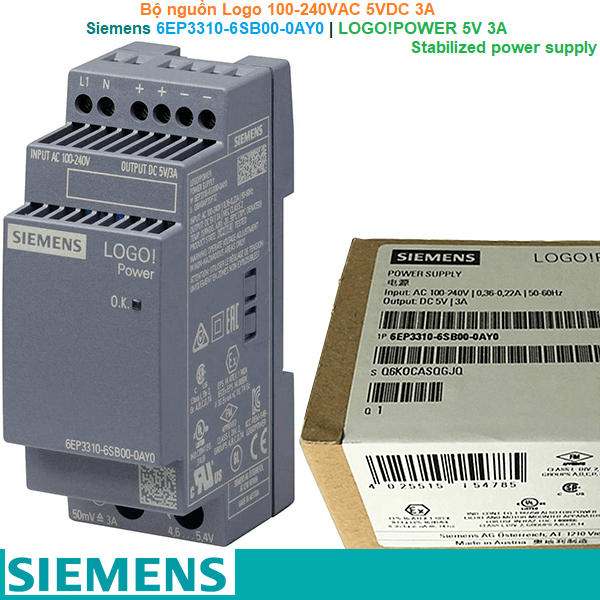 Siemens 6EP3310-6SB00-0AY0 | LOGO!POWER 5 V / 3 A Stabilized power supply -BộGiá tốt nhất xem...0909186879 Email
Siemens 6EP3310-6SB00-0AY0 | LOGO!POWER 5 V / 3 A Stabilized power supply -BộGiá tốt nhất xem...0909186879 Email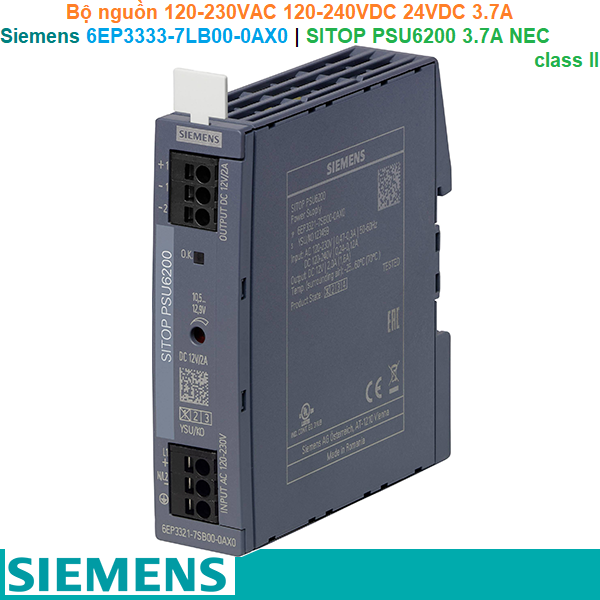 Siemens 6EP3333-7LB00-0AX0 | SITOP PSU6200 3.7 A NEC class II -Bộ nguồnGiá tốt nhất xem...0909186879 Email
Siemens 6EP3333-7LB00-0AX0 | SITOP PSU6200 3.7 A NEC class II -Bộ nguồnGiá tốt nhất xem...0909186879 Email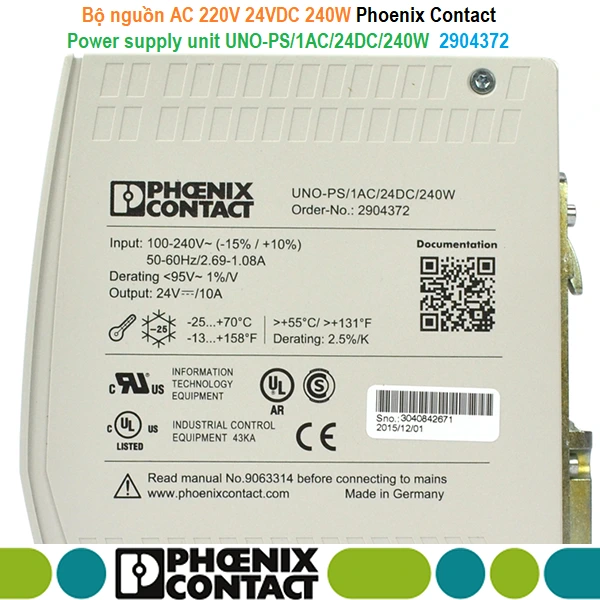 Bộ nguồn Phoenix Contact UNO-PS/1AC/24DC/240W - 2904372 | 1-phase 24VDC 240WGiá tốt nhất xem...0909186879 Email
Bộ nguồn Phoenix Contact UNO-PS/1AC/24DC/240W - 2904372 | 1-phase 24VDC 240WGiá tốt nhất xem...0909186879 Email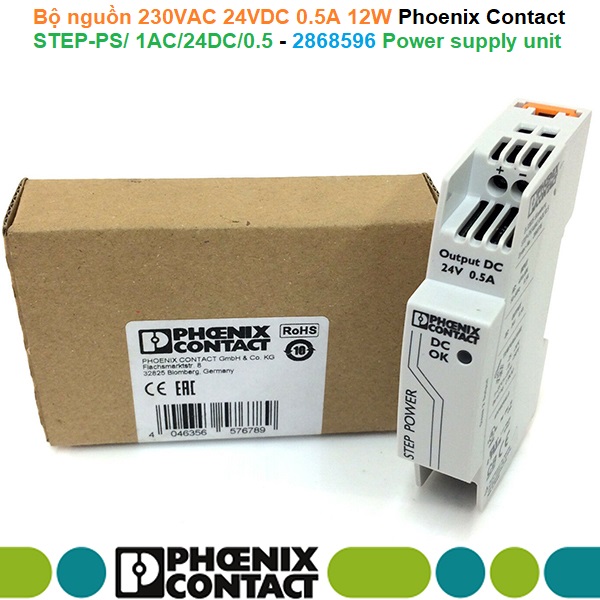 Bộ nguồn Phoenix Contact STEP-PS/ 1AC/24DC/0.5 - 2868596 | 1-phase 24VDC 0.5AGiá tốt nhất xem...0909186879 Email
Bộ nguồn Phoenix Contact STEP-PS/ 1AC/24DC/0.5 - 2868596 | 1-phase 24VDC 0.5AGiá tốt nhất xem...0909186879 Email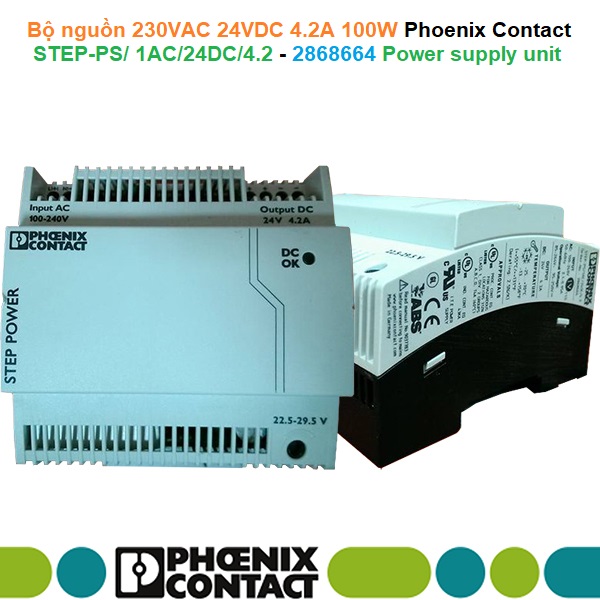 Bộ nguồn Phoenix Contact STEP-PS/ 1AC/24DC/4.2 - 2868664 | 1-phase 24VDC 0.5AGiá tốt nhất xem...0909186879 Email
Bộ nguồn Phoenix Contact STEP-PS/ 1AC/24DC/4.2 - 2868664 | 1-phase 24VDC 0.5AGiá tốt nhất xem...0909186879 Email Bộ nguồn Phoenix Contact TRIO-PS/1AC/24DC/20 - 2866381 | 1AC 24VDC 20AGiá tốt nhất Xem...0909186879 Email
Bộ nguồn Phoenix Contact TRIO-PS/1AC/24DC/20 - 2866381 | 1AC 24VDC 20AGiá tốt nhất Xem...0909186879 Email Bộ nguồn Phoenix Contact TRIO-PS/1AC/24DC/10 - 2866323 | 1AC 24VDC 10A Giá tốt nhất Xem...0909186879 Email
Bộ nguồn Phoenix Contact TRIO-PS/1AC/24DC/10 - 2866323 | 1AC 24VDC 10A Giá tốt nhất Xem...0909186879 Email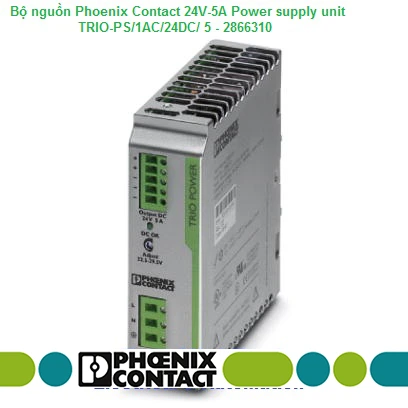 Bộ nguồn Phoenix Contact TRIO-PS/1AC/24DC/ 5 - 2866310 | 1P 24VDC 5AGiá tốt nhất Xem...0909186879 Email
Bộ nguồn Phoenix Contact TRIO-PS/1AC/24DC/ 5 - 2866310 | 1P 24VDC 5AGiá tốt nhất Xem...0909186879 Email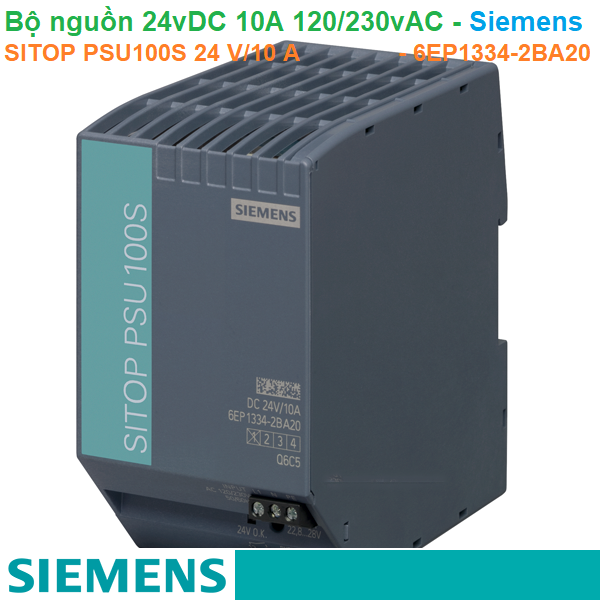 Bộ nguồn 24vDC 10A 1AC 120/230V - Siemens - SITOP PSU100S 24 V/10 A - 6EP1334-2BA20Giá tốt nhất Xem...0909186879 Email
Bộ nguồn 24vDC 10A 1AC 120/230V - Siemens - SITOP PSU100S 24 V/10 A - 6EP1334-2BA20Giá tốt nhất Xem...0909186879 Email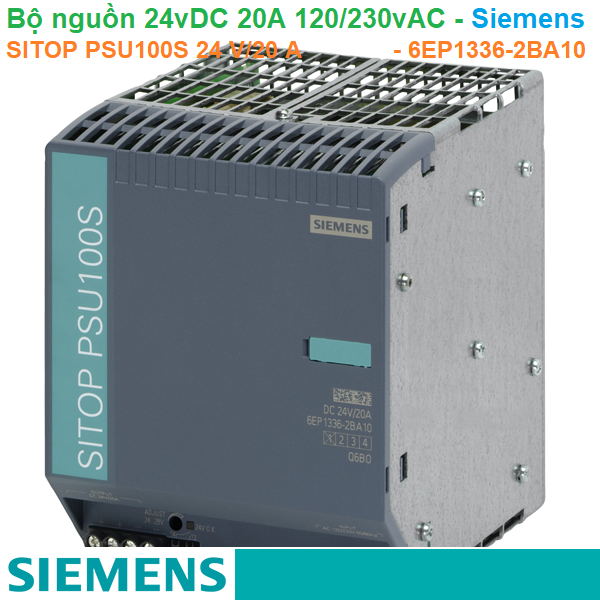 Bộ nguồn Siemens 6EP1336-2BA10 | SITOP PSU100S 20A | 120/230VAC 24VDC 20AGiá tốt nhất Xem...0909186879 Email
Bộ nguồn Siemens 6EP1336-2BA10 | SITOP PSU100S 20A | 120/230VAC 24VDC 20AGiá tốt nhất Xem...0909186879 Email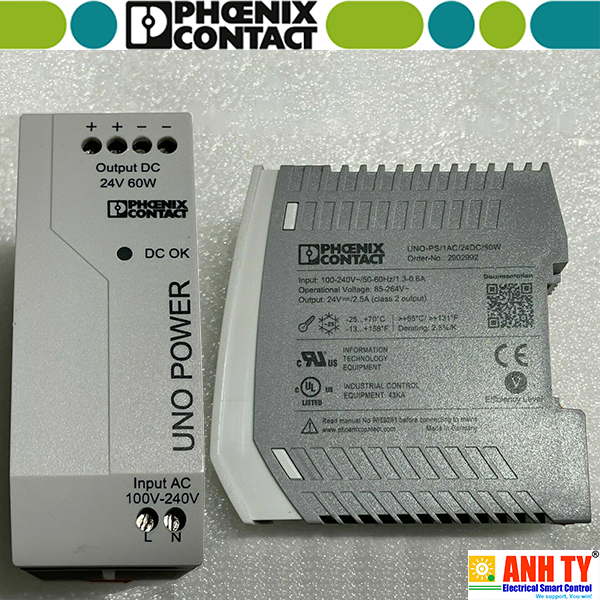 Bộ nguồn 24vDC-60W Phoenix Contact Power supply unit - UNO-PS/1AC/24DC/ 60W - 2902992Giá tốt nhất Xem...0909186879 Email
Bộ nguồn 24vDC-60W Phoenix Contact Power supply unit - UNO-PS/1AC/24DC/ 60W - 2902992Giá tốt nhất Xem...0909186879 Email Module chuyển đổi nguồn dự phòng Redundancy module 24vDC 20A - Siemens - 6EP1961-3BA21Giá tốt nhất Xem...0909186879 Email
Module chuyển đổi nguồn dự phòng Redundancy module 24vDC 20A - Siemens - 6EP1961-3BA21Giá tốt nhất Xem...0909186879 Email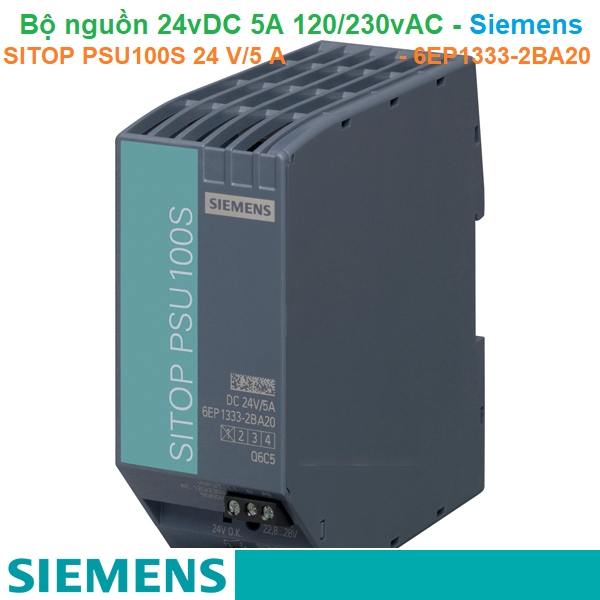 Bộ nguồn Siemens 6EP1333-2BA20 | SITOP PSU100S 24 V/5 A | 120/230VAC 24VDC 5AGiá tốt nhất Xem...0909186879 Email
Bộ nguồn Siemens 6EP1333-2BA20 | SITOP PSU100S 24 V/5 A | 120/230VAC 24VDC 5AGiá tốt nhất Xem...0909186879 Email Bộ nguồn Phoenix Contact UNO-PS/1AC/24DC/240W - 2904372 | 1-phase 24VDC 240WGiá tốt nhất Xem...0909186879 Email
Bộ nguồn Phoenix Contact UNO-PS/1AC/24DC/240W - 2904372 | 1-phase 24VDC 240WGiá tốt nhất Xem...0909186879 Email